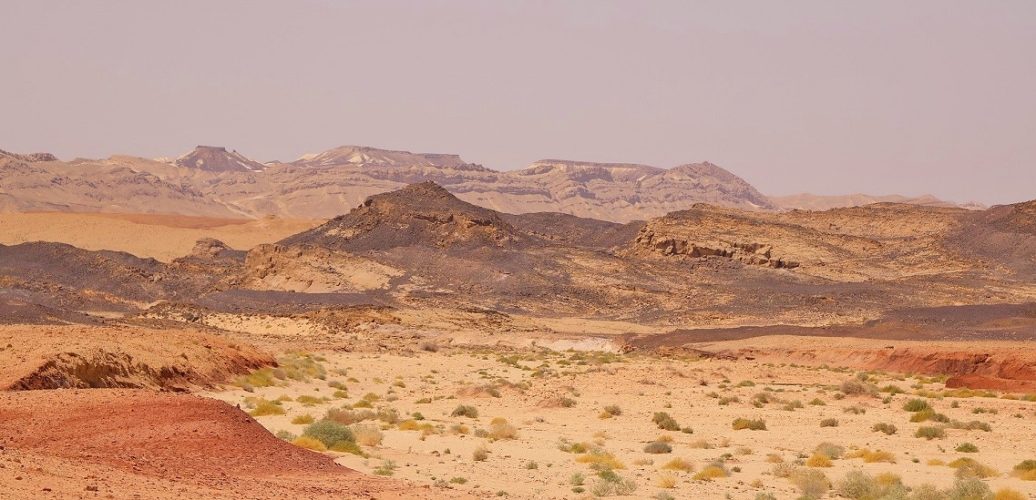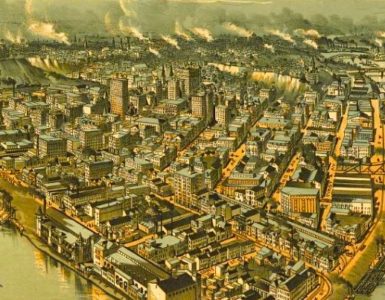While reading Nehemiah 9, I was impressed by how much Covenant theology is rooted in history. In the Old Covenant, God spoke through his prophets, priests, and kings to remind his people of what he had done for them in the past. We get focused on what is happening now and our hopes for the future but then fail to remember God’s faithfulness in the past. This memory lapse is aggravated by a culture that is challenged when it comes to historical interest. You have probably heard the comment “History is just that, history!,” or maybe Henry Ford’s comment “History is Bunk!” Then there is, “All that matters is right now!” Failing to learn from history leads to making the same mistakes over and over again, but Christians, especially, need to rehearse the past faithfulness of God in order to have greater confidence in his present and future work. Commitment to prayer is strengthened because God has answered prayers in the past.
For Covenant theology history is essential. One aspect of the Old Covenant was the use of memorials. Joshua 4 recounts the crossing of the Jordan as he led the people of God into the promised land. The Ark of the Covenant was held by the priests in the middle of the river bed as the Lord held back the flow of water. It was a remarkable, miraculous event. After the safe crossing, Joshua selected a man from each of the twelve tribes to carry a stone from the Jordan bed.
That this may be a sign among you, that when your children ask their fathers in time to come, saying, What mean ye by these stones? Then ye shall answer them, That the waters of Jordan were cut off before the ark of the covenant of the Lord; when it passed over Jordan, the waters of Jordan were cut off: and these stones shall be for a memorial unto the children of Israel for ever. (verses 6, 7)
In addition to the twelve stones removed from the Jordan were twelve that were set up on the spot where the priests had stood with the Ark of the Covenant. In each location the heap of stones was a reminder to the children and successive generations of God’s faithfulness to his Covenant as he delivered the promised land to the Jews. There would be wars to conquer the land, but the Jordan had been crossed. The twelve additional stones were then carried by the twelve tribe representatives and heaped as a second memorial–God had parted the Jordan at the first memorial, and the people had entered the land as God promised as commemorated by the second heap. When individuals traveled and passed the memorial it turned their thoughts to what God had done at that point in the history of redemption for his people.
Christians are reminded of God’s faithfulness to the Covenant in worship, the sacraments, and personal Bible reading and prayer. It would be good to keep a Blessings Book similar to a diary, or maybe a file in your smart-phone to record all God’s unusual works of providence as well as his faithful provision of daily needs over the years. When times get tough, turn to your list of memorials to be reminded of the Lord’s faithfulness to his Covenant. We need to count our blessings. It is too easy to complain or worry about present and future decisions, situations, and needs, but considering the work of providence in one’s past provides assurance for the present and future. The price of the Covenant was Christ’s atoning death accomplished in redemptive history and it reminds us that what has gone before is essential for future growth in sanctification, service, and eternal glory.
Barry Waugh
The header image of the desert in Israel is by Gidon Pico from Pixabay; the precise location pictured is not noted other than the Judean desert near the Dead Sea.





